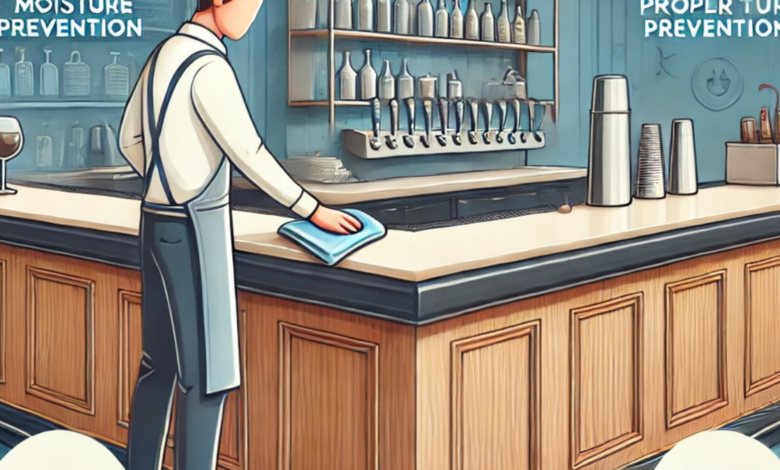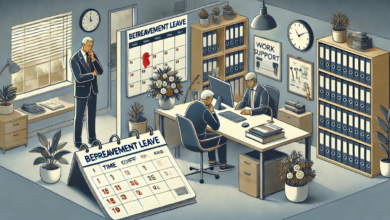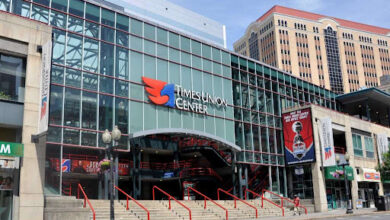Understanding Bar Rot: Causes, Prevention, and Solutions

Bar rot is a term used to describe the deterioration and damage that occurs in bar settings due to poor maintenance, high moisture levels, or substandard hygiene practices. While often overlooked, bar rot can lead to structural issues, unsanitary conditions, and even loss of clientele if not addressed effectively. This article dives deep into the causes, prevention methods, and solutions for bar rot, ensuring your establishment remains clean, safe, and inviting.
What is Bar Rot?
Bar rot is the gradual decay or degradation of bar structures, typically caused by moisture accumulation, improper cleaning, and poor maintenance. It primarily affects areas like countertops, flooring, and storage spaces, where spills, condensation, and debris occur daily. Over time, this decay can weaken the materials, leading to expensive repairs and potential health code violations.
Causes of Bar Rot
- Excessive Moisture
Moisture is the leading cause of bar rot. Whether it’s from spilled drinks, condensation on refrigeration units, or inadequate ventilation, prolonged exposure to moisture can cause wood to warp, metal to rust, and mold to grow.
- Poor Cleaning Practices
Neglecting regular cleaning allows dirt, food debris, and sticky residues to accumulate, creating an ideal environment for rot. Hard-to-reach areas, such as under counters and behind equipment, are particularly susceptible.
- Inadequate Ventilation
Poor air circulation can trap moisture and promote damp conditions, leading to rot. This is especially problematic in bars located in humid regions or basement levels.
- Substandard Materials
Using low-quality materials that aren’t moisture-resistant increases the risk of bar rot’s. For instance, wood that isn’t sealed or treated can quickly degrade in a bar environment.
- Neglecting Regular Maintenance
Small issues, like minor water leaks or cracked surfaces, can snowball into major problems if not addressed promptly. Regular inspections are crucial to prevent long-term damage.
How to Prevent Bar Rot
- Invest in High-Quality Materials
Opt for durable, moisture-resistant materials for 2mmc countertops, flooring, and storage areas. Stainless steel, treated wood, and epoxy-coated surfaces are excellent for withstanding wet environments.
- Implement a Strict Cleaning Schedule
Regular cleaning is essential to prevent bar rot’s. Establish a daily routine that includes:
- Wiping down all surfaces.
- Cleaning under appliances and counters.
- Mopping spills immediately.
- Sanitizing areas prone to moisture buildup.
- Ensure Proper Ventilation
Install fans or dehumidifiers to improve air circulation and reduce humidity levels. Proper ventilation helps keep moisture at bay and prevents mold growth.
- Seal and Protect Surfaces
Apply water-resistant sealants to wooden surfaces and regularly inspect for cracks or damage. Sealing surfaces creates a barrier against moisture penetration.
- Train Your Staff
Educate your employees on proper cleaning techniques and the importance of addressing spills or leaks immediately. A well-trained team can significantly reduce the risk of bar rot.
Solutions for Existing Bar Rot
If bar rot’s has already set in, take the following steps to address it:
- Identify the Affected Areas
Conduct a thorough inspection to locate all areas affected by rot. Look for discoloration, warping, or a musty odor as signs of damage.
- Remove Damaged Materials
Replace rotted wood or corroded metal components to prevent the rot from spreading. Ensure the new materials are treated for moisture resistance.
- Deep Clean and Sanitize
Clean the bar area thoroughly to remove mold, mildew, and bacteria. Use commercial-grade cleaning solutions and focus on hard-to-reach spots.
- Repair Leaks and Improve Drainage
Fix any plumbing issues or leaks that could contribute to moisture buildup. Ensure your bar’s drainage system is appropriately functioning to prevent standing water.
- Consult Professionals
For severe cases, consider hiring a professional restoration company. They can assess the damage, recommend repairs, and help implement preventative measures.
The Impact of Bar Rot on Your Business
Bar rot’s affects your establishment’s physical structure and doesn’t can also bromazolam have severe consequences for your business reputation.
- Health Code Violations: Rot and mold can lead to unsanitary conditions, which can put you at risk of failing health inspections.
- Customer Experience: A bar that looks or smells unpleasant due to rot can drive customers away.
- Costly Repairs: Neglecting bar rot can lead to expensive repairs or a complete renovation.
- Loss of Revenue: Poor maintenance can result in downtime, lost customers, and negative reviews.
Investing in proper maintenance and addressing bar rot’s early can save you from these potential setbacks.
Conclusion
Bar rot’s is a preventable issue that requires consistent effort and proactive measures. By understanding its causes, implementing effective prevention strategies, and addressing damage promptly, you can maintain a clean, inviting, and structurally sound bar environment. A well-maintained bar enhances the customer experience, protects your investment, and ensures long-term success.
FAQs About Bar Rot
- What materials are best for preventing bar rot?
Durable and moisture-resistant materials like stainless steel, treated wood, and epoxy-coated surfaces are ideal for bar environments.
- How often should I inspect my bar for rot?
Inspecting your bar at least once a month is recommended to identify and address potential issues early.
- Can bar rot affect my health inspections?
Yes, bar rot can lead to unsanitary conditions and potential health code violations, which can impact your bar’s reputation and operation.
- Is it possible to fix bar rot’s without replacing materials?
In minor cases, cleaning and applying sealants can help. However, severe rot often requires replacing damaged materials to ensure safety and longevity.
- How does humidity contribute to bar rot?
High humidity levels can trap moisture in the air, leading to damp surfaces, mold growth, and an increased risk of rot. Proper ventilation is crucial in mitigating this.
This comprehensive guide equips you with the knowledge to tackle bar rot effectively, ensuring your bar remains a thriving and welcoming space for your customers.
You May Also Read: https://businessprimex.co.uk/





